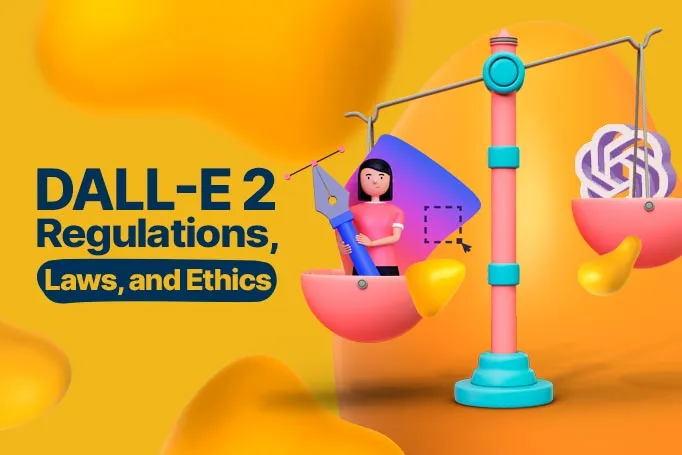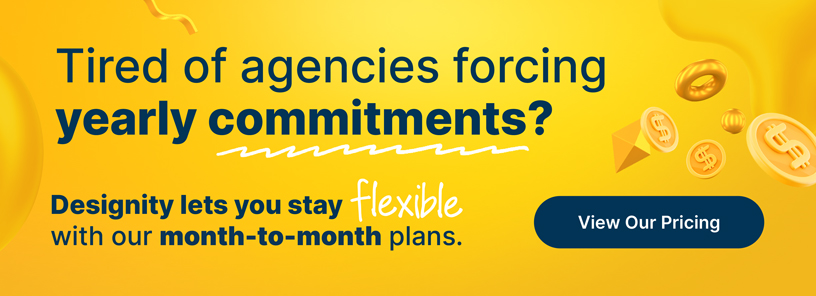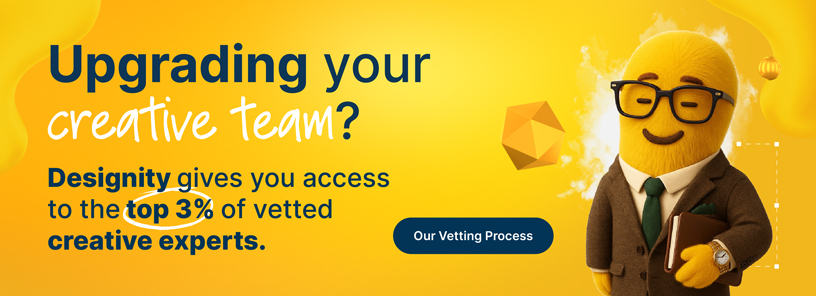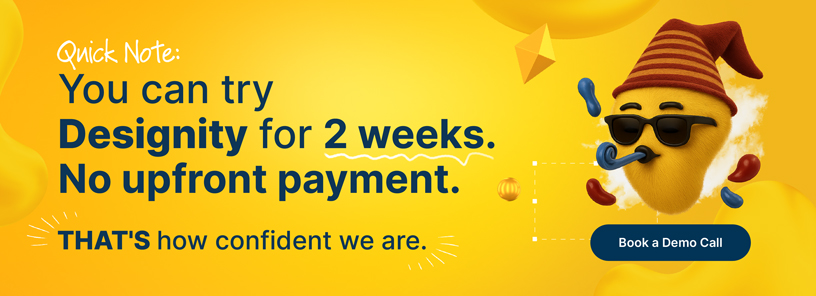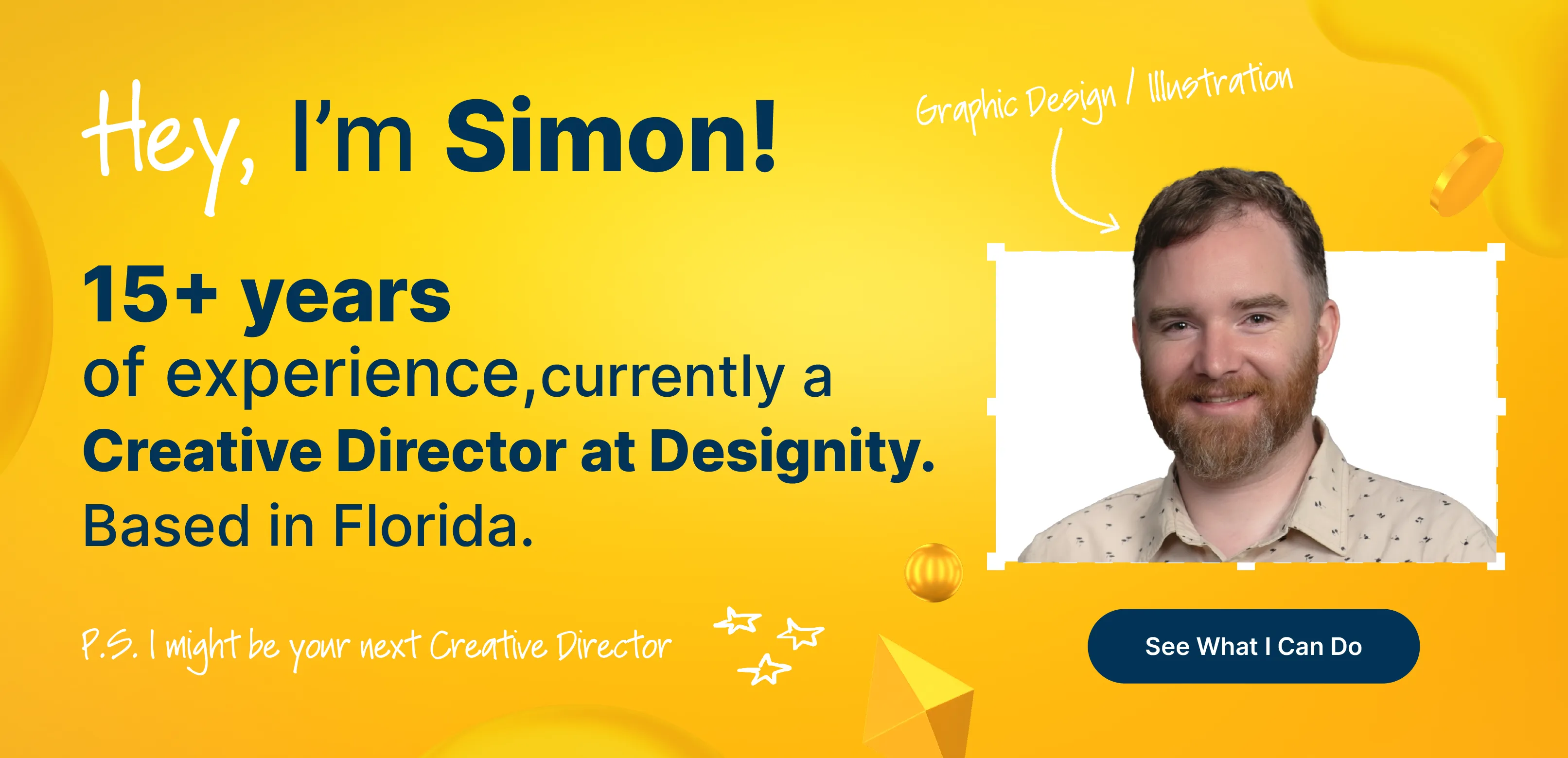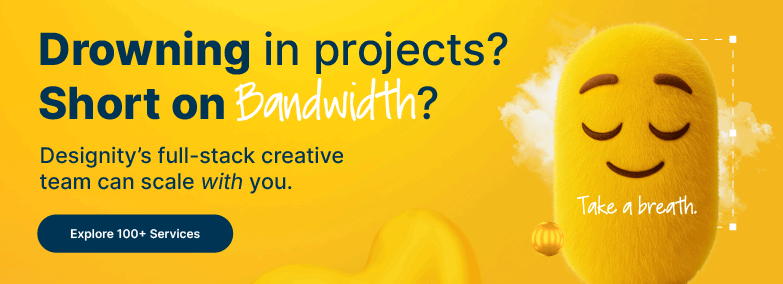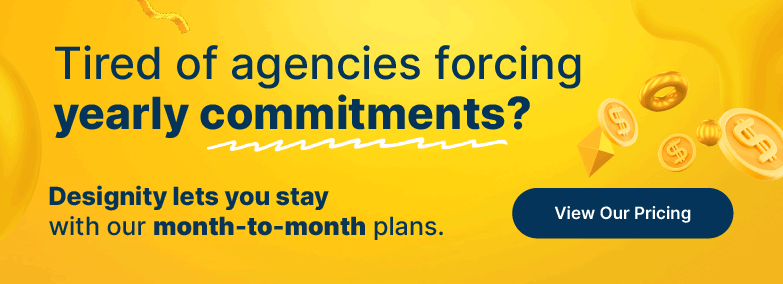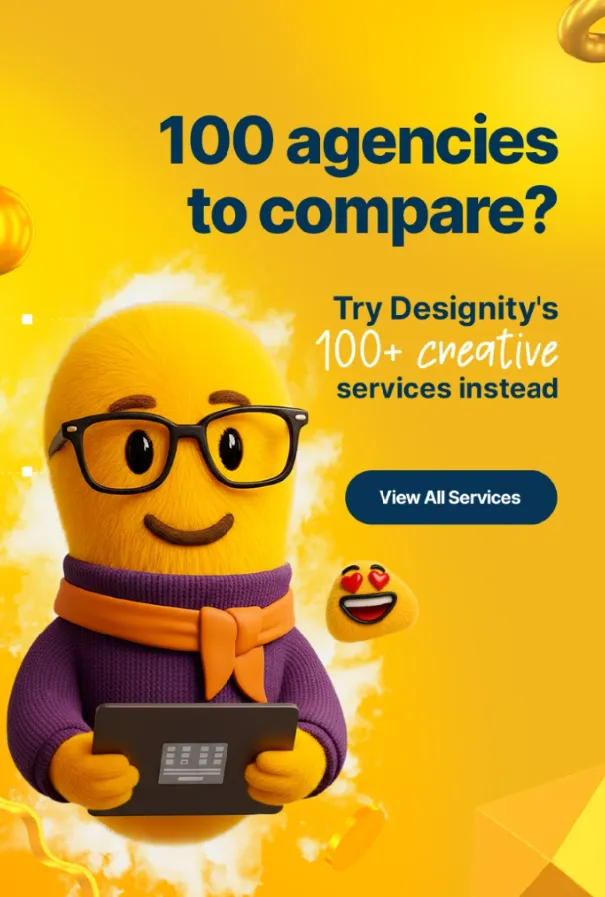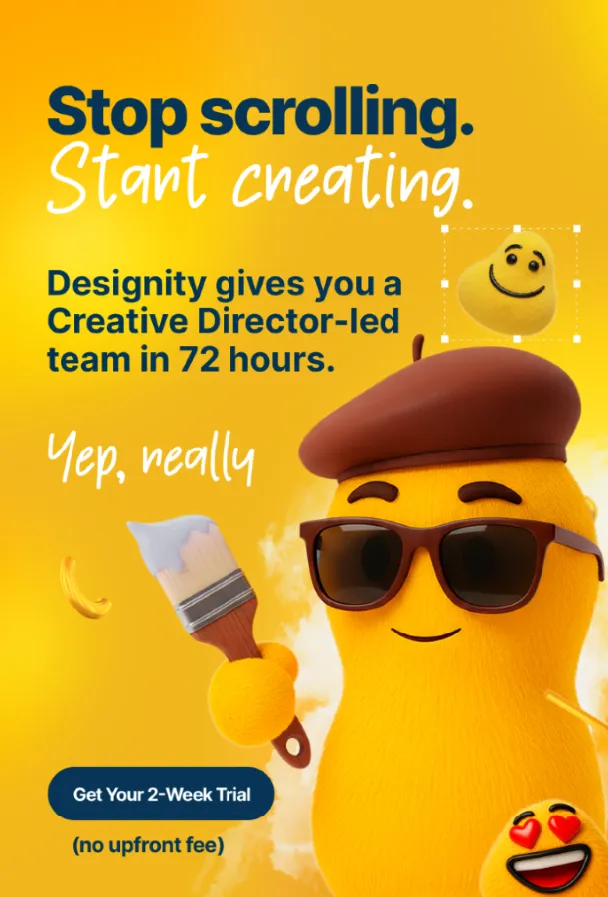The past few years have turned out to be an interesting time for marketers.
Social media, viral trends, Alexa, TikTok …
It’s hard to guess where trends are headed since anything can go viral at any time, for any reason, and on any platform.
But what we tend to notice is that good, useful technology sticks around and becomes more prominent with time.
Artificial intelligence is a good example of this. AI, and DALL-E 2 in general, are making designing and ad creation easier and more accessible than ever.
That’s probably the reason that companies from Cosmo to Heinz to Nestle are jumping on board and using DALL-E 2 to great success in their recent marketing campaigns.
In today’s blog, we’re going to dive right in to catch you up to speed with all of the regulations, laws, and ethics you need to know before you start using DALL-E 2 for your next big campaign.
Wait, what’s DALL-E 2?
In case this is all news to you, DALL-E 2 is the second generation of text-to-image generators from research lab, OpenAI.
It works by taking a written prompt provided by the user and comparing it to a database of millions and millions of images online. Using your prompt and elements of the images in its database, the AI generates four images that are relevant to your written request.
It’s a very cool thing and it’s not surprising that it didn’t take long for marketers to notice its potential and start using it to create graphics for their brands.
And you can do the same.
But while it’s tempting to just fire up DALL-E 2 and start churning out all the images you’ll ever need for that next social campaign, we still need to remember that the software is not an all-out free-for-all the way we might think.
There are still rules to follow and a code of ethics that marketers should live by.
Don’t make it personal.
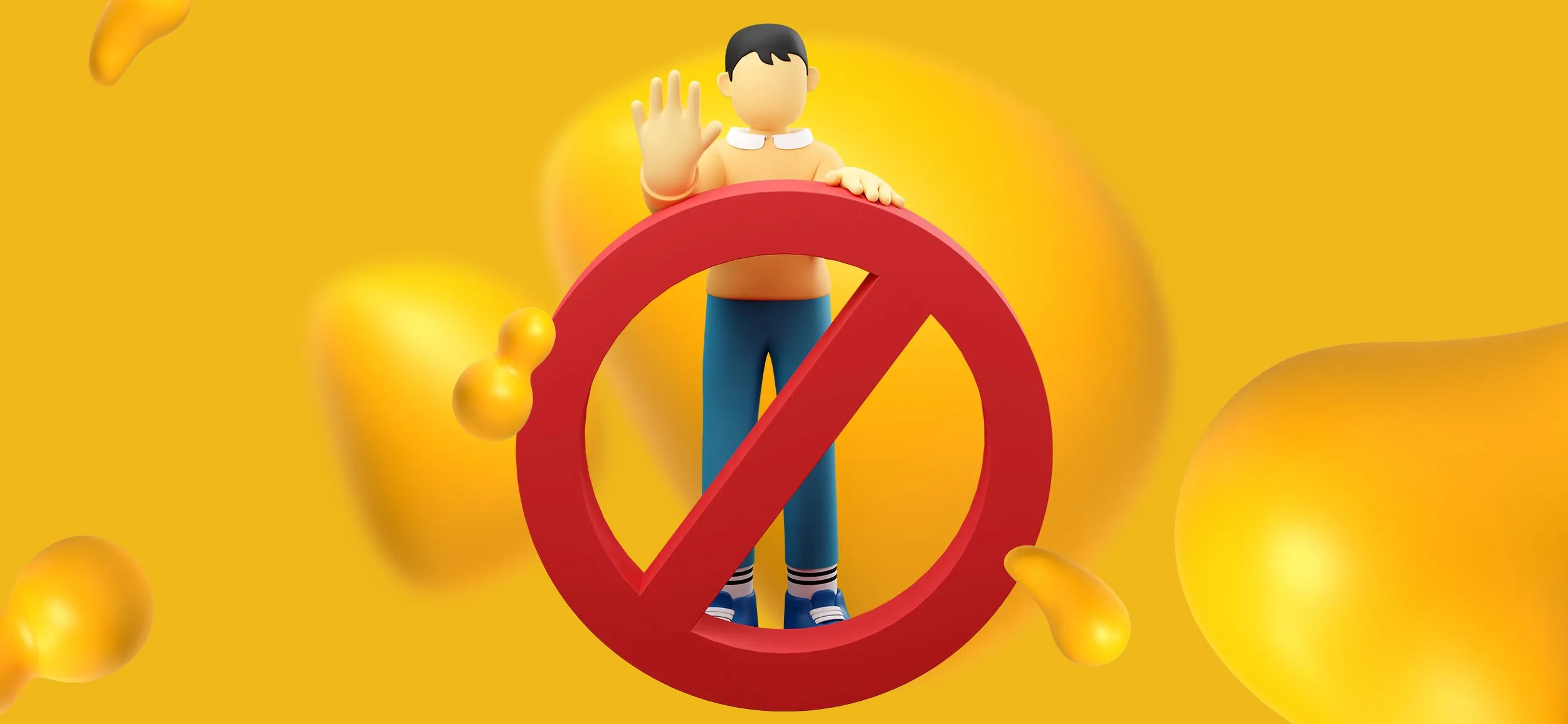
Remember, artificial intelligence is a new thing and rules are created just as quickly as the need for them is realized.
DALL-E 2 is a very sophisticated AI art generator that is capable of creating very life-like images, living and dead.
Those that are no longer with us may not mind so much if you stick their likeness into your potato chip ad, but their families and estates probably will.
Creating a meme for a social media campaign using an AI-generated Steve Jobs’ or Betty White likeness will definitely land you in some hot water.
Not only that, but your customers — and the internet at large — might be offended as well, seeing it as very poor taste. Remember that Audrey Hepburn chocolate commercial that came out a few years back?
Sure, her sons okayed the use of her image but still, there was plenty of public backlash over the use of the beloved icon’s likeness being used to sell chocolate.
What about living folks? Well, living people will definitely complain if you use their likeness without their consent. Just look at Keanu Reeves.
You may remember him getting pretty upset over AI technology after he discovered the TikTok account, unreal Keanu Reeves, a channel devoted to deep-faking the popular actor into innocent activities like washing dishes and dancing in his living room.
Despite the account owner being very honest about informing followers that his subject is completely AI-generated and not our favorite “Bill and Ted” actor, people still walk away thinking they watched the real deal.
Naturally, Mr. Reeves is not a fan — he thinks it’s scary — and let’s be honest, you probably wouldn’t be either. The implications alone of someone being able to take your image and make it do anything are pretty unsettling.
Unreal Keanu Reeves isn’t even the first time the poor guy has seen his likeness digitally altered.
After having his face altered during post-production of a movie released several years back, he now has a clause in every one of his movie contracts that prevents studios from digitally manipulating his performances.
We don’t blame him a bit either!
OpenAI even specifically requests that you do not use anyone’s likeness without their consent, and we have to agree.
Just don’t do it.
And speaking of that …
DALL-E 2’s Content Policy
Because DALL-E 2 can generate such realistic images, it’s probably the reason why there are some requests that DALL-E 2’s software will not accept.
According to OpenAI’s content policy guide, the AI technology will not honor requests that ask it to generate images that are not G-rated or could cause harm.
That means no request for images that could be used for harassment (use your imagination), are violent, or are sexually explicit (also use your imagination).
Images that are associated with hate, illegal activity, or politics cannot be created either.
When you think about it, this is probably a very good thing.
Because, let’s face it, the last thing you’d want is someone using your likeness for or with something creepy.
Copyright complaints.
DALL-E 2’s images are so life-like and stunning because it has millions of images in its database to look at, analyze, and draw “inspiration” from.
It’s great when you want to create something very cool in just seconds, but it may not be so great if your cool creation is ripping off the style of a famous artist, especially one that is still living and counting on their originality to put the Big Macs on the table.
You do own the rights to any images you create, but if those images are ripping off an artist or contain a copyrighted character like Scooby Doo, you can count on being the recipient of some cease-and-desist letters.
It’s best not to ask the AI to copy a living artist’s style.
Can it happen unintentionally? It sure can.
Already, Getty has a lawsuit against AI art generator, Stable Diffusion, for unlawfully copying their images.
So, it’s best to have your designers check on the images that you’ve created with DALL-E 2 for your marketing campaigns to make sure you aren’t unintentionally stealing anyone’s work.
And you definitely won’t want to use DALL-E 2 to create something more permanent for your business, like a logo. Images created by AI art cannot be copyrighted, meaning you wouldn’t hold the rights to your own logo.
Yeah.
It’s a weird world out there. Just be careful.
Don’t mislead the masses.
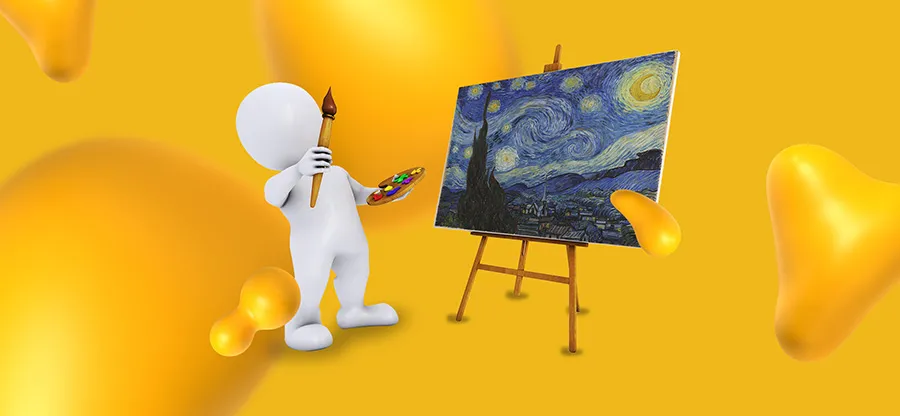
DALL-E 2 is capable of creating amazing art in just seconds and it’s making artists everywhere a little uncomfortable, for good reason.
For example, in Colorado, an artist won 1st place in an art contest using an image created by the AI art generator, Midjourney.
And yes, there was a bit of an uproar about it, but the thing is, the “artist” didn’t lie about his creation.
Nope, he admitted it right there on his entry form that his submission had been created entirely by AI.
A viral Instagram “photographer” spent months posting incredible photos of his subjects on his Instagram account, earning lavish praise and respect from his thousands of followers as he did, before his guilt drove him to come clean.
His photos weren’t photos at all, he admitted. They were AI-generated images that he tweaked into amazingly life-like portraits with Photoshop.
Why are we telling you this?
Because since it’s so hard to determine the origin of a digital image, and because you are allowed to remove the DALL-E 2 signature, OpenAI is sort of asking DALL-E 2 users to follow the honor system.
The gist? Don’t mislead people. Not your employees, not your customers, not anybody.
Don’t take credit for creating an image that you generated in 15 seconds using their software. Yes, it’s your image, but all we’re asking is that you not tell everyone you made it yourself in Microsoft Paint.
Or that it’s a real photograph that you took while balancing on one foot on top of a burro at the Grand Canyon.
Could you fool people?
Absolutely, you could.
We’re just hoping that, like the Instagram photographer, you have the integrity not to.
Wait a second. By using DALL-E 2, am I stealing jobs from designers?
Well …
While some companies may think that DALL-E 2 can take the place of their creative teams, this isn’t the reality just yet.
While very sophisticated and very impressive, DALL-E 2 still has its limits.
The images created can miss the context of a written prompt entirely. It’s also pretty bad at spelling and sometimes comes up with images that are way out of left field.
Though DALL-E 2 is useful for designers to ideate with, draw inspiration from, or save some time, this is still just a fun and helpful tool, not a replacement.
You still need a human designer with a human brain to tweak the images, make them fit with your brand, and add all of the other elements that separate a “cool image” from “effective visual marketing.”
So, keep your designers around. You definitely need them!
<div class="c-blog_comp-cta cc-component-1"><div class="c-blog_comp-cta-left"><div class="c-blog_comp-cta-left-wrap"><img src="https://global-uploads.webflow.com/61cdf3c5e0b8155f19e0105b/6369722e59155470b6840033_Potential-clients.png" loading="lazy" alt="" class="c-blog_comp-cta-left-img"></div></div><div class="c-blog_comp-cta-right"><div class="c-blog_comp-content"><div class="c-text-wrapper cc-mb-32"><div class="c-title-4 cc-bold"><strong>Want to save money without sacrificing the quality?</strong></div></div><div class="c-text-wrapper"><div class="c-text-2">Say goodbye to traditional, expensive agencies and unreliable marketplaces. Say hello to Designity.<br></div></div></div><div class="c-blog_comp-wrapper"><a href="/pricing" target="_blank" class="c-button cc-primary cc-inverted w-button"><strong>Get Your 2-Week Trial</strong></a></div></div></div>
Just play it safe.
Expect the rules and regulations involving AI-generated art to evolve as we get more familiar with the technology and its uses become more widespread.
As of now, the main points are:
Don’t steal other people’s work or unique styles.
Don’t use AI’s realism to mislead your customers.
Don’t use anybody’s picture or likeness without their consent.
Just like you learned in kindergarten, be nice and be honest and you should be okay.
And if you have an image that you just aren’t sure about, one that’s perhaps toeing the line a little too much with any of the ethical guidelines we mentioned above …
If in doubt … leave it out.
How do you use DALL-E 2 for your marketing?
